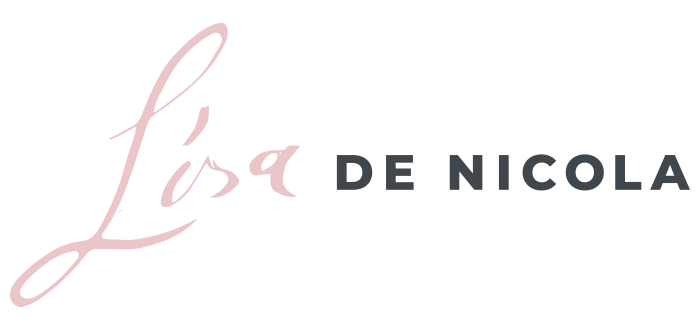So many of the discussions across the globe have centered around change for racial injustice, systemic racism and the need for this time to be an ongoing conversation that’s no longer taboo and one that lasts beyond a ‘trend’.
In our corporate landscape and in the workplace, the global movement we’ve witnessed over the past few weeks created discussions around organizational commitments to diversity and inclusion, recognizing unconscious bias, what racism at work looks like and so many others.
Last week I wrote about how the state of the globe invites the corporate world to consider a ‘culture reset.’ One that’s not just about serving employees as human beings, but one that’s taking a deeper look into identifying the gaps around what diversity and inclusion truly look like in the workplace. What are the long-term changes that need to take place that are sustainable?
With many of my clients, discussions have been focused on how these leaders can ensure their creating an inclusive workplace. Let’s dive deeper into what inclusivity in the workplace looks like and how do you get there?
An inclusive workplace environment doesn’t happen by chance, it happens by choice and with intention.
All levels of the organization need to be on board including your employees. As you educate your company on what this looks like, a consistent stream of communication across management, down to your supervisor level is important.
- Practice inclusive leadership: communicating all ideas, perspectives and embracing input from all employee’s matters. It’s a given that this means modeling this behavior starts at the top. Creating a safe space where leaders and employees feel heard, welcomed, valued and appreciated regardless of their level creates the opportunity for sharing to take place, deeper relationships to be formed and for employees to openly voice their point of view. This includes all ethnic and diverse backgrounds that may have cultural differences and perspectives in the workplace. Encouraging open communication for their voices to be heard and supporting their role within a team and in the broader organization is a start.
- Sponsorship & mentoring programs: recently during a leadership webinar, the importance of sponsorship and mentorship in the workplace came up as well as noting the difference between the two. While traditional mentoring in the workplace speaks to the role of the ‘mentor’ often being more experienced while offering guidance and counsel to the mentee who is looking to learn and grow in their career, a sponsor is someone who is advocating and is usually endorsing another person in the workplace. When you look at having both formal programs within an organization, pairing up people of color with management and executive level leaders will help support career development within the organization as well as can demonstrate a commitment to inclusivity.
- Identify bias & hold leaders accountable: as unconscious bias may not always be recognizable, we need to understand when this occurs in the workplace. When top performers are up for a promotion or other opportunities where employees may be identified to lead projects or special initiatives, there’s often the inclination to identify those who are similar to us. This is where accountability comes in to play. Ask the hard questions to the leaders who were responsible for making the selection and final hire – what were the criteria to search internally and externally of the organization that lead to this particular hire? What were considered disqualifying factors? Have metrics and numbers in place and stick to them to ensure decisions are reflecting diverse and inclusive actions.
Organizations of all sizes and various industry’s face different challenges and struggles on the path of creating a diverse and inclusive workplace. It’s not an overnight success, it takes time and continuous learning while keeping ourselves updated as our society continues to diversify. None however are exempt from making efforts no matter how big or small those steps may be.
A few organizations that are making headways and are great examples to look to:
According to an Equileap 2018 report, L’Oréal ranked number 2 on their Gender Equality Global Report & Ranking with women accounting for 69% of their workforce. Thomson Reuters also ranked them as one of the top 10 in the world of Diversity and Inclusion out of a list of 7, 000 companies. L’Oréal’s global workforce also represents 168 nationalities.
Another organization that ranked in the top 10 of Thomson Reuters Diversity and Inclusion list according to Berret-Koehler Publisher at number 5 is Gap Inc., parent brand of Gap, Banana Republic and Old Navy. Gap’s “Inclusion, by Design” is a bold statement that stands by being an inclusive company as part of their DNA and not as an option. Their overall U.S. employee population represents 55% minorities with 50% of their leadership representing women globally.
Examples like these companies are inspirational while efforts continue in striving to be a diverse and inclusive organization. Individually, we’re encouraged to research, educate ourselves, learn and listen, the same is true in business. In how we do business and how we treat one another.
There’s an opportunity to look to companies who are demonstrating strong diversity and inclusivity efforts while challenging themselves in the ongoing pursuit of creating organizations that are inclusive and embrace the diversity that is our world.
To your success, with love
Lisa ?





